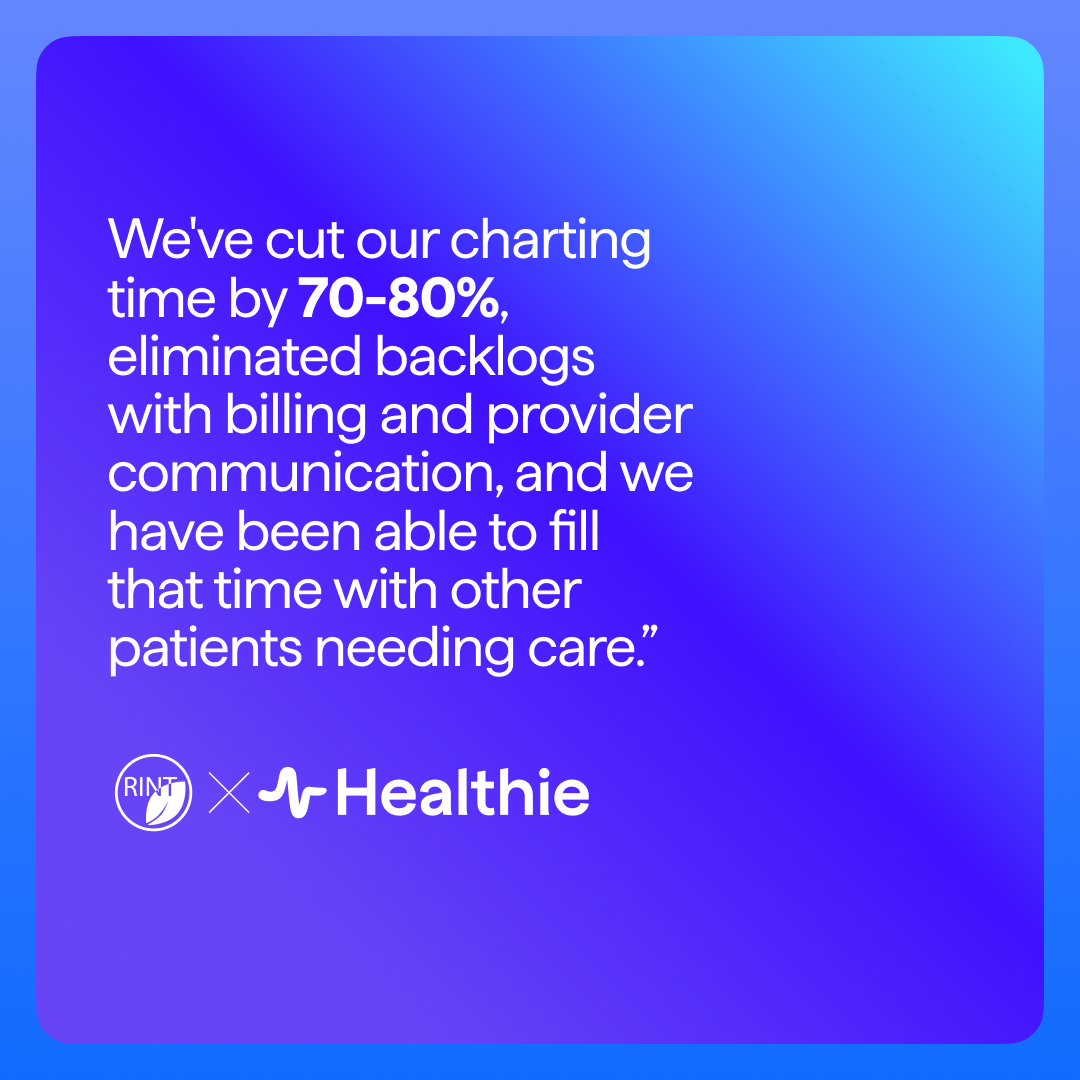Primary Health Network
What is a Primary Health Network?
A Primary Health Network (PHN) is an organization that coordinates healthcare services in a specific geographic area. PHNs were created as a result of the Affordable Care Act (ACA), and their purpose is to improve the quality and efficiency of healthcare delivery in the United States.
PHNs are responsible for ensuring that patients have access to the care they need, when they need it. To do this, PHNs work with hospitals, physicians, and other healthcare providers to develop and implement care plans that are tailored to the needs of the community they serve. PHNs also work with insurers to ensure that patients have access to the coverage they need.
In addition to coordinating care, PHNs also play a role in improving the quality of care that patients receive. To do this, PHNs collect data on the care that is being delivered in their community and use this data to identify areas where care can be improved. PHNs then work with healthcare providers to develop and implement quality improvement plans.
PHNs are a key part of the ACA’s efforts to improve the quality and efficiency of healthcare in the United States. By coordinating care and working to improve the quality of care that patients receive, PHNs are working to ensure that all Americans have access to the high-quality, affordable healthcare they need and deserve.
What are the benefits of a Primary Health Network?
A Primary Health Network (PHN) is an organization that coordinates healthcare services in a specific geographic area. PHNs were established by the Australian government in 2015 as a way to improve the coordination of care for patients with chronic conditions and to reduce the cost of healthcare.
PHNs are responsible for commissioning (purchasing) healthcare services from providers, such as hospitals, GPs, and community health services. They also work with providers to develop local health plans and to identify gaps in services. PHNs aim to improve the efficiency and quality of healthcare services, and to reduce duplication and waste.
PHNs have been shown to improve the coordination of care for patients with chronic conditions, and to reduce the cost of healthcare. A study in the Journal of the American Medical Association found that PHNs reduced hospital admissions by 7.4% and hospital readmissions by 9.3%. The study also found that PHNs saved the healthcare system $2.1 billion over a two-year period.
PHNs are a key part of the Australian healthcare system, and their role is expected to grow in the coming years.
What are the challenges of a Primary Health Network?
There are many challenges that a Primary Health Network (PHN) faces when it comes to healthcare. One of the biggest challenges is providing care to patients who have multiple chronic conditions. These patients often need to see multiple specialists and have complex care needs. PHNs need to coordinate care between all of the different specialists and make sure that the patient is getting the care they need.
Another challenge PHNs face is providing care to patients who are underserved or have limited access to healthcare. These patients may live in rural areas or be part of a vulnerable population. PHNs need to find ways to reach these patients and provide them with the care they need.
PHNs also need to be prepared for public health emergencies. They need to have plans in place for how to respond to a pandemic or other health crisis. They also need to be able to provide care to patients who have been displaced by a natural disaster.
PHNs face many challenges, but they are also working to find solutions. They are constantly innovating and trying to find new ways to provide care to their patients. They are also working to build partnerships with other organizations to improve the care they can provide.

